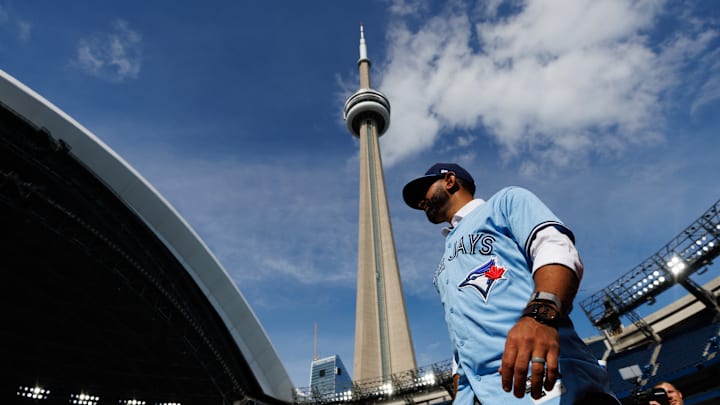This weekend, the Toronto Blue Jays honor franchise icon José Bautista with induction into their ‘Level of Excellence.’ Certainly, the accolade is well deserved for one of the most spectacular and beloved players ever to don a jersey for the team.
But as fans across Canada and around the world celebrate the man they call Joey Bats, they can relish in the fact that he is more than just a Blue Jays icon, but an icon of the game itself.
Why? Well, it all comes down to an October night in 2015, when José Bautista just might have saved baseball …
“Major League Baseball is Dead”
To begin, think about where the game of baseball was in 2015 – in a word, dying.
For years, hot takes had appeared proclaiming as much – from the infamous 2009 Bleacher Report headline announcing, “Major League Baseball Is Dead,” to the 2011 GQ article claiming baseball was “without any hope of a future.” By 2015, The Washington Post was declaring that baseball was “doomed to irrelevance like Tower Records or Blockbuster Video.”
Harsh, sure. Yet, it was not simply conjecture. It was well known at the time that baseball had the oldest fan base of any major sport, a viewership aging into their 50s without a younger generation to replace them. Worse, youth participation in baseball was in the midst of a more than two-decade decline.
When Rob Manfred took over as commissioner in 2015, one of his first acts was to announce that baseball must address its connection to young people. He knew that without a change, baseball might really be “doomed to irrelevance.”
